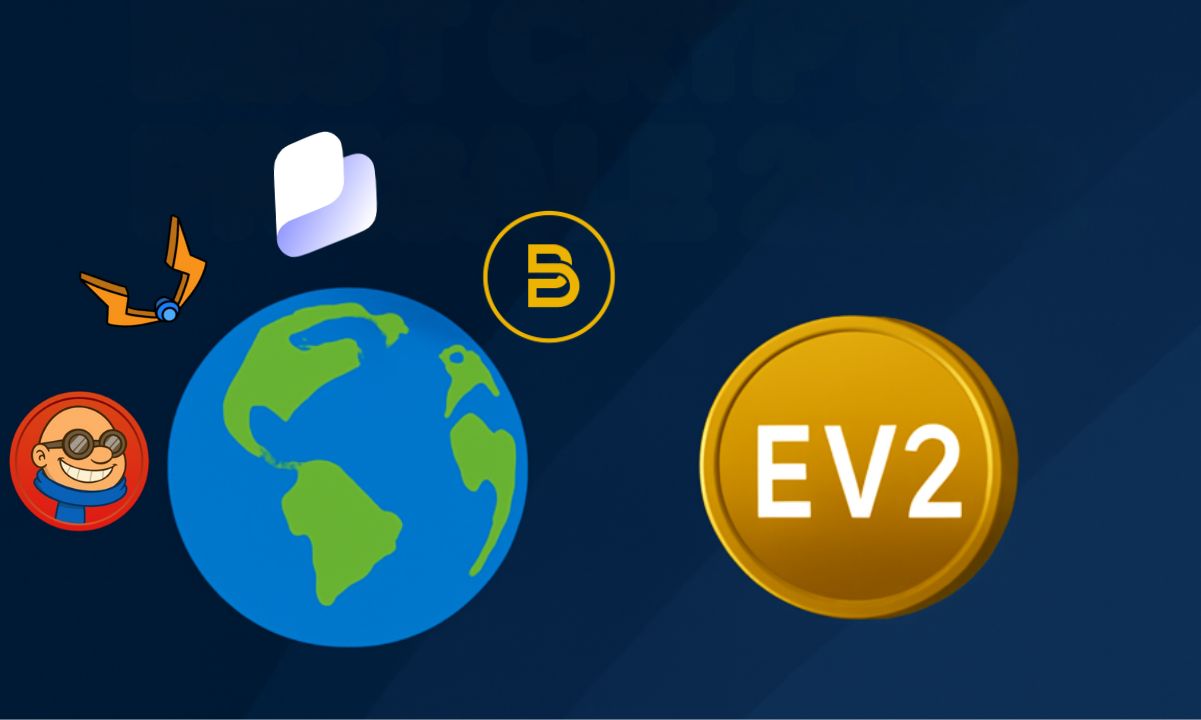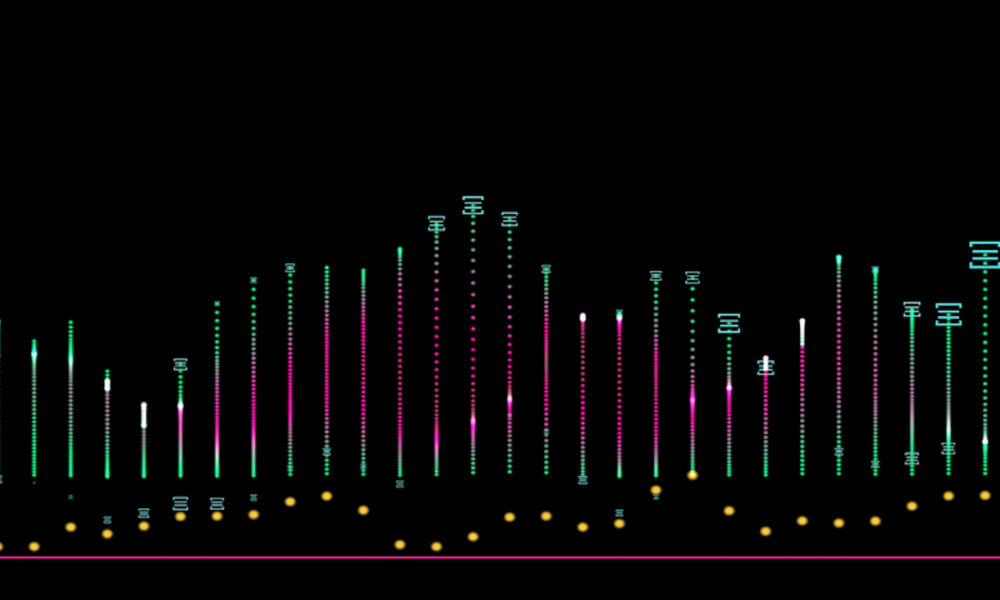Key Insights:
- According to Ripple news update, Grayscale XRP Trust targets institutions needing regulated XRP exposure.
- Canary XRP ETF (XRPC) has debuted its public trading, witnessing robust volume on its first day.
- Spot XRP offers direct ownership, while funds ensure compliance and audits.
Nasdaq has approved the Canary XRP ETF for listing under the ticker XRPC after receiving its Form 8-A 12(b) on November 10, 2025. According to Ripple news, the investment instrument started trading on November 13, with record volume.
This step depicts how regulated XRP investment products, such as the Grayscale XRP Trust, differ from holding spot XRP directly in a personal wallet.
Ripple News: Grayscale XRP Trust Focuses on Institutional Rules
As per Ripple news, the Grayscale XRP Trust was created to serve large investors who must follow strict rules set by regulators and auditors.
It allows funds, wealth managers, and family offices to gain XRP exposure in a way that meets reporting and compliance needs.
These investors often cannot keep digital assets on their own due to internal fund policies and legal restrictions.
Each share of the Trust represents real XRP stored with Coinbase Custody Trust Company, which is a New York-regulated entity.
The Ripple coin is kept in cold storage and insured. Coinbase Custody also holds SOC 1 and SOC 2 certifications, which confirm strong security and control systems.
It is worth noting that Grayscale takes care of all valuation, accounting, and independent audits. Reports are prepared under GAAP and IFRS standards.
This structure lets institutions show auditors and regulators that their holdings are safe and verifiable. They do not have to handle private keys or move tokens.
Retail investors, however, usually buy and hold spot XRP directly through crypto exchanges or private wallets.
They control their own tokens, which allows them to send or store XRP without third-party permission.
However, this freedom comes with personal responsibility for security, since there is no regulated custodian or insurance behind self-custody.
Canary XRP ETF Receives Nasdaq Approval
A letter from Eun Ah Choi, Senior Vice President and Global Head of Regulatory Operations at Nasdaq, confirmed that the exchange received Canary Capital’s filing on November 10.
The letter states that the Canary XRP ETF was approved for listing and registration upon official notice of issuance.
The ETF is now trading under the ticker XRPC. Information from Canary Capital’s website shows that its goal is to give investors exposure to the market price of Ripple coin.
This excludes operating costs and liabilities. The fund holds XRP directly and reflects its value through share prices.
It was also stated clearly that XRPC is not a commodity pool or an investment company registered under the Investment Company Act of 1940.
This means it is not bound by the same rules as mutual funds or standard ETFs. Investors can buy and sell XRPC through normal brokerage accounts.
They do not need to manage digital wallets or private keys, which makes access simpler for traditional market participants.
Ripple Coin: Two Paths to the Same Asset
The difference between the Grayscale XRP Trust and spot XRP shows how digital assets are adapting to regulated finance. Besides, this has also been the hottest topic in the Ripple news column lately.
For context, the Trust serves institutions that need structure, audits, and insurance. Still, Spot XRP remains the choice for individuals who prefer control and flexibility.
The new Canary XRP ETF offers another path. It is an exchange-listed product that combines direct exposure to XRP with easier market access.
It follows a familiar pattern seen before with Bitcoin and Ethereum: private trusts, over-the-counter products, and finally, public ETFs.
Both the Trust and the ETF hold XRP but serve different types of investors. One is built around compliance and oversight.
Meanwhile, the other aims for accessibility through normal trading accounts.
Basically, they represent a growing bridge between cryptocurrency and traditional markets, offering options that match different needs and regulations.
Source: https://www.thecoinrepublic.com/2025/11/14/ripple-news-heres-the-major-difference-between-grayscale-xrp-trust-and-spot-xrp/


